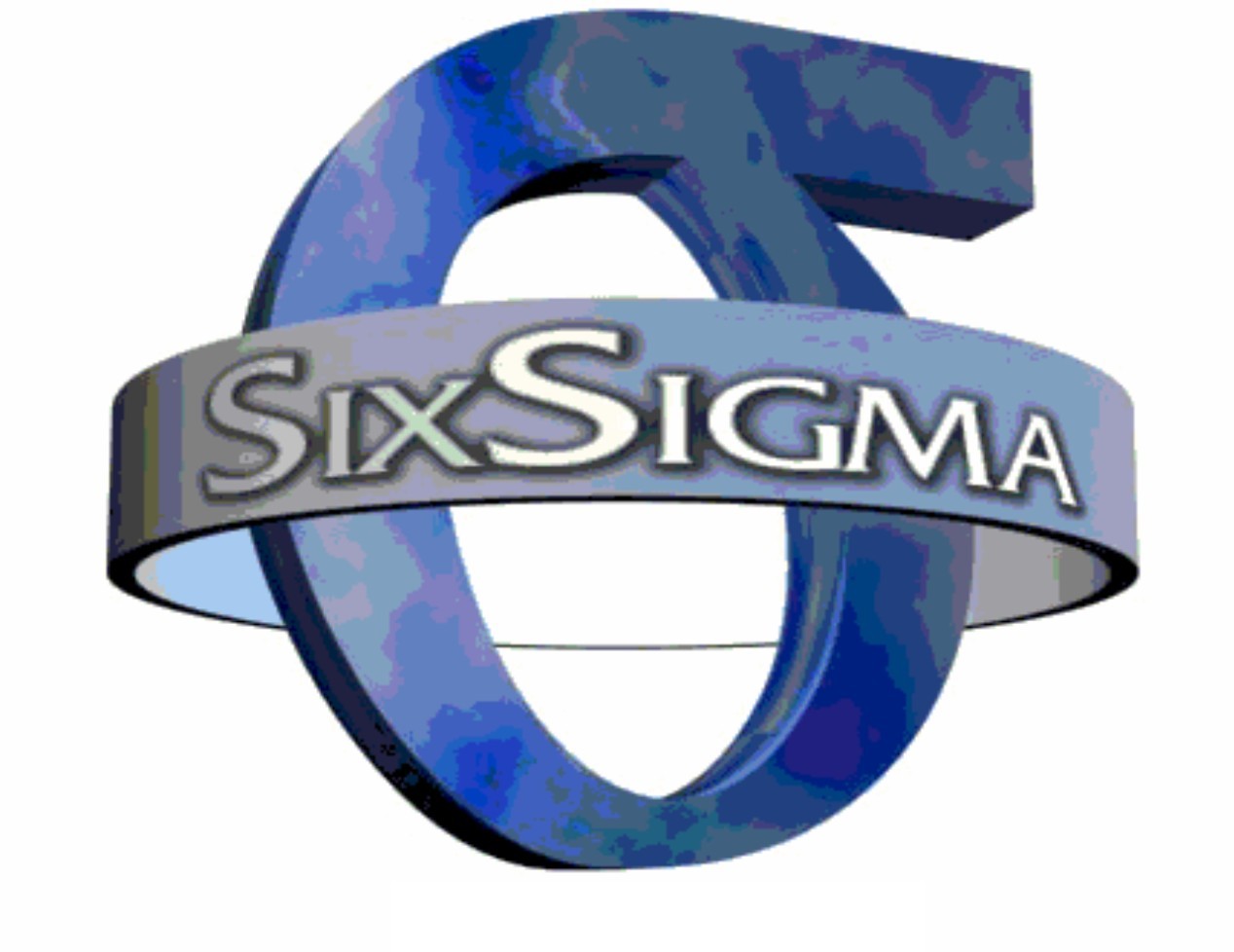
INTRODUCTION
Six sigma is a set of methodologies used by businesses to achieve extremely low failure rates in any process. The term six sigma derives from the mathematical use of sigma in statistics as a standard deviation. Six sigma is therefore six standard deviations.
In theory, a six sigma would be approximately two failures per billion attempts. In practice, due to a drift of plus or minus 1.5, six sigma status means less than 3.4 failures per million. This is an extremely low rate of failure, but has been proven possible in industry after industry over the past twenty years.
Bob Galvin of Motorola was a trailblazer in the adoption of six sigma by Motorola and other companies. His insistence on high levels of quality control, and subsequent vindication as Motorola achieved these levels, led to the spread of the six sigma system throughout the manufacturing world. The tenets of six sigma have since been successfully applied in many other areas of business, including customer service, transactional businesses, and the service industries.
The term failure is defined within each industry and product line, and simply means a defect that customers consider critical. Six sigma attempts to reduce these defects to a level below 3.4 failures per million.
There are two main methodologies in six sigma. The first is the DMAIC process: define, measure, analyze, improve, control. The second is the DMADV process: define, measure, analyze, design, verify. DMAIC is used for processes already in place which do not meet six sigma specifications, to help bring them within the six sigma threshold. DMADV is used for the development of new products or processes, to ensure that they meet the world at six sigma levels of quality.
There are three main certification levels of six sigma mastery: six sigma green belts, black belts, and master black belts. To achieve each ranking, one must undergo extensive training in six sigma techniques and methodologies, then pass a certification test. According to some research, six sigma black belts save companies an average of US$200,000 to US$300,000 per project and are able to complete up to six projects per year.
General Electric is the poster-child of the six sigma movement, with estimated savings of over US$10 billion within the first five years of implementation since 1995. Their dedication towards reducing variation on each and every transaction since implementation has led not only to increased profits, but also to an improved public image and customer relations.
Six sigma values are straight-forward and incredibly useful for businesses of all sizes. By focusing relentlessly on quality and the reduction in variations of product consistency, six sigma promises a better business overall........
No comments:
Post a Comment